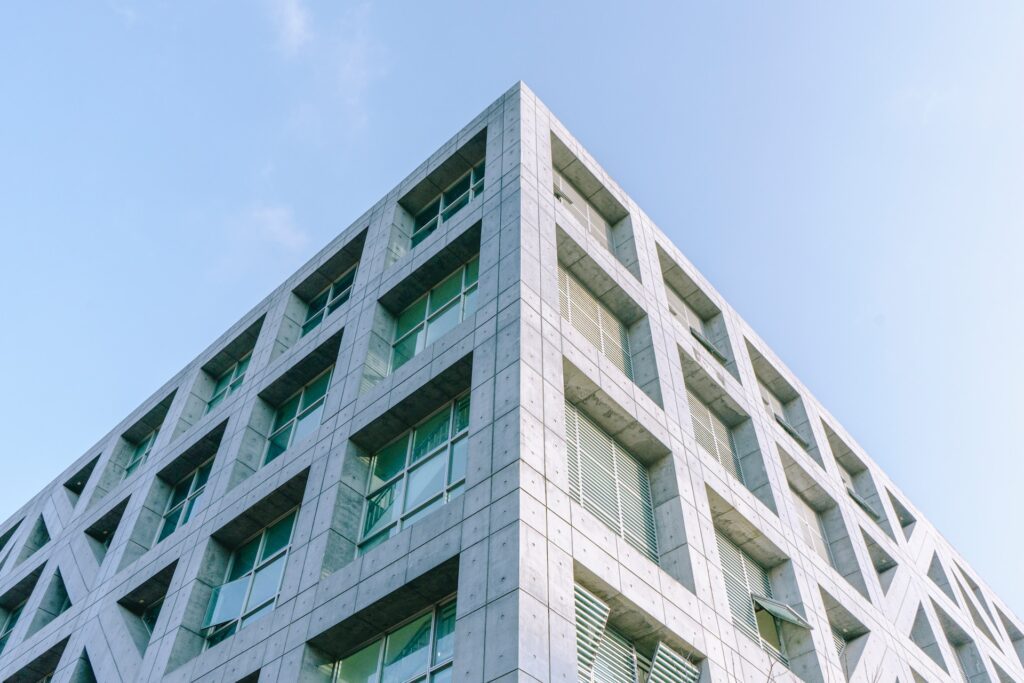
Nonconforming Use: Your Guide to Navigating Zoning Regulations
Nonconforming use is a concept deeply entrenched in urban planning and zoning regulations. It represents the delicate balance between property rights and evolving land-use policies. In this comprehensive guide, we delve into nonconforming use, exploring its definitions, types, key concepts, legal aspects, practical considerations, and impact on property owners and communities.
In the intricate realm of urban planning and zoning regulations, nonconforming properties represent a unique category of land use that deviates from the established standards. These properties, while legally established at the time of their creation, no longer align with the current zoning ordinances, prompting a delicate balance between property rights and evolving land-use policies.
Nonconforming Uses
Nonconforming uses arise when a land use, once legally permitted, falls out of compliance with updated zoning regulations. This often occurs when a residential area is rezoned for commercial purposes, leaving existing single-family homes as nonconforming uses within the new commercial district. Such properties, though grandfathered in, may face restrictions on expansion or alteration.
Nonconforming Structures
Nonconforming structures are buildings or developments that once adhered to the prevailing zoning codes at the time of construction but now stand in discord with the revised regulations. This might include structures that exceed current height limitations or fail to meet the newly imposed setback requirements. Such properties may face limitations on alterations or additions.
Nonconforming Lots
Nonconforming lots refer to parcels of land that initially met the minimum lot size requirements but have since shrunk below the updated standards due to zoning changes. These properties may pose challenges for future development, as they may not accommodate the larger structures now mandated by zoning ordinances.

Critical Concepts in Nonconforming Property Dynamics
Several critical concepts govern the dynamics of nonconforming properties:
- Discontinuance and Intent: The voluntary or involuntary cessation of a nonconforming use may lead to its loss of nonconforming status.
- Partial Destruction and Consequences: Substantial destruction of a nonconforming structure may result in the loss of its nonconforming status upon reconstruction.
- Replacement of Nonconforming Properties: The replacement of a nonconforming structure is generally subject to the current zoning regulations.
Legal Framework and Amortization
Zoning ordinances typically establish a legal framework for dealing with nonconforming properties, often employing amortization periods to phase out nonconforming uses or structures over a specified time frame.
Examples of Nonconforming Use Cases
- A single-family home in a newly zoned commercial district.
- A manufacturing plant that exceeds current height restrictions.
- A residential lot that falls below the updated minimum lot size requirement.
Practical Considerations for Property Owners
Property owners with nonconforming properties face unique considerations:
- Understanding Zoning Regulations: Property owners should thoroughly review the zoning regulations applicable to their property.
- Seeking Professional Guidance: Consulting with real estate professionals or legal counsel can provide valuable insights into the rights and limitations associated with nonconforming properties.
- Exploring Alternative Uses: Considering alternative uses that comply with current zoning regulations may enhance the property’s value and development potential.
Zoning regulations undergo periodic review and revisions, necessitating ongoing awareness of changes that may impact nonconforming properties.
Within the realm of nonconforming properties, several critical concepts shape their continued existence and potential transformation. These concepts, deeply intertwined with property rights and evolving land-use policies, demand careful consideration from landowners and urban planners alike.
Discontinuance and Intent
The termination of a nonconforming use, known as discontinuance, can occur under two distinct circumstances: explicit intent and implied intent.
- Explicit Intent to Discontinue: In the event of a voluntary decision by the landowner to cease a nonconforming use, their explicit intent to discontinue becomes evident. This decision may stem from various factors, such as changes in business operations, personal preferences, or economic considerations.
- Implied Intent and Abandonment: When a nonconforming use remains inactive for an extended period, typically around 21 years in many jurisdictions, the landowner’s failure to exercise their right to utilize the property implies an intent to abandon it. This inaction, known as implied intent, leads to the loss of nonconforming status.
Partial Destruction
In some jurisdictions, the partial destruction of a structure with a nonconforming use can have significant consequences. If the damage exceeds a certain percentage, often around 50%, the structure’s nonconforming status may be revoked, preventing its reconstruction or repair. This regulation aims to prevent the perpetuation of nonconforming uses that no longer align with the evolving zoning objectives of the community.
Replacement of Nonconforming Properties
The replacement of older nonconforming properties with newer ones is often subject to restrictions imposed by local governments. This regulatory stance aims to prevent the expansion or perpetuation of nonconforming uses, ensuring that communities gradually transition towards zoning compliance. By limiting the replacement of nonconforming properties, urban planners can guide development in a direction that aligns with the evolving needs and aspirations of the community.

Legal Framework and Amortization
Nonconforming use regulations are subject to local government control and often involve a legal framework. In some cases, zoning ordinances allow for the amortization of nonconforming uses. This process gradually reduces the value of the nonconforming use over a set period, typically until it reaches zero. However, the legality of such ordinances varies, with challenges based on arbitrariness, discrimination, and reasonableness.
Examples of Nonconforming Use Cases
We explore real-world scenarios and court decisions to understand the practical implications of nonconforming use. These cases shed light on how nonconforming use regulations affect property owners and communities and the role of legal precedents in shaping outcomes.
Practical Considerations for Property Owners
Property owners dealing with nonconforming properties face unique challenges. We offer insights into navigating these regulations, seeking variances, and exploring compliance options. We also discuss the potential benefits and drawbacks of maintaining nonconforming uses.

The Evolving Landscape of Zoning Regulations
As zoning regulations continually evolve, nonconforming use becomes a dynamic issue. We explore changes in zoning laws and their impact on property owners and communities, emphasizing the importance of balancing property rights and public interests.
Conclusion and Future Trends
In conclusion, nonconforming use is critical to urban planning and zoning regulations. It serves to preserve established land uses while accommodating evolving zoning objectives. As zoning laws continue to change, property owners, developers, and policymakers need to stay informed and adapt to these shifts. Future trends may see increased scrutiny of nonconforming use regulations and their effects on property rights.

Jason Somers, President & Founder of Crest Real Estate
With over 15 years of professional experience in the Los Angeles luxury real estate market, Jason Somers has the background, judgement and track record to provide an unparalleled level of real estate services. His widespread knowledge helps clients identify and acquire income producing properties and value-ad development opportunities.
Learn more about Jason Somers or contact us.



